The sturgeon farm of Vietnam Sturgeon Group was established in Dalat in 2007 at an altitude of 1,500 m above sea level. This is the first company in Vietnam to produce and distribute caviar from sturgeon varieties bred in Dalat.
Previously, sturgeon eggs were produced only in areas with cold climates. Today, modern technology enables the breeding of rare fish like beluga in cool climate conditions, such as found in the highlands of Vietnam.
The firm’s top-quality product line, Osetra Malossol black caviar, has become the choice for leading hotels in Vietnam such as Sofitel Metropole and Park Hyatt Saigon.
Vietnam Sturgeon Corporation has opened a VND 1 trillion (USD 47.6 million) sturgeon breeding farm in the central highlands province of Dak Lak.
The facility, located in the Buon Tu Srah hydropower plant reservoir in Lak District, is regarded as being the largest of its kind in the world, with an estimated capacity to house one million sturgeon fish.
In the first phase, the facility will house 40,000 fish and it will operate at its full capacity in the second phase.
This is the fifth sturgeon breeding facility to be built by the Vietnam Sturgeon Corporation. The company’s other facilities are located in the northern province of Bac Giang, the central provinces of Binh Thuan and Binh Dinh, and the central highlands province of Lam Dong.
In the next two years, the company plans to build between five and ten more sturgeon breeding centres in Dak Lak in order to raise the firm’s total caviar output to 1,000 tonnes per annum.
Some pictures of the first sturgeon farm in Vietnam:
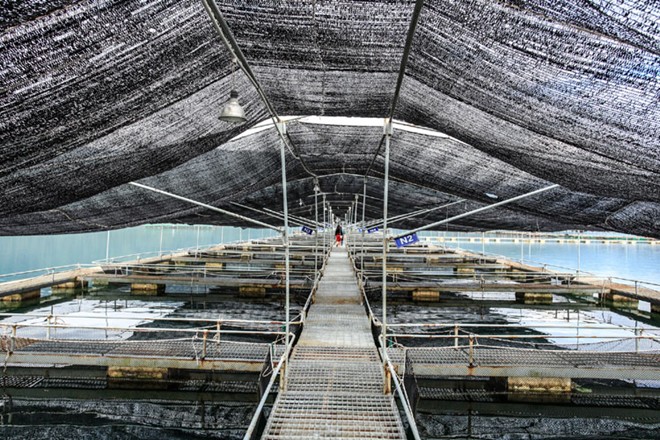
In order to have a perfect quality of eggs, sturgeons must be 5-10 years old. Eggs are harvested in a closed process.

Sturgeon can live in captivity. Water must be clean and sustained at below 27 degrees Celsius.
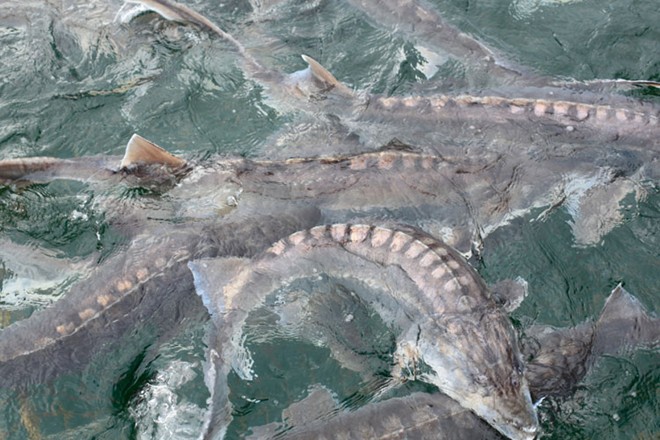
The areas in Vietnam that are ideal for farming sturgeon are Dami in Binh Thuan Province, Buon Tua Srah in Dak Lak, Cam Son in Bac Giang, and Vinh Son in Binh Dinh.
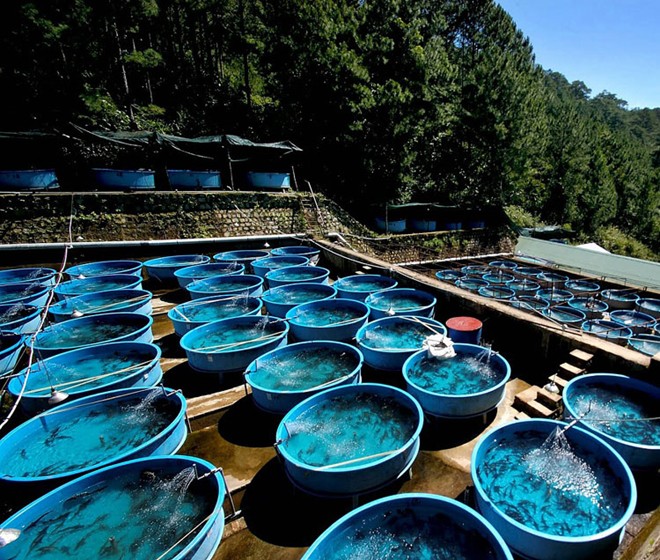
The most stringent requirement to breed this fish is the water temperature.
Breeding sturgeons are housed in a separate area. Previously, breeding fish were created from imported eggs from Russia and Germany.
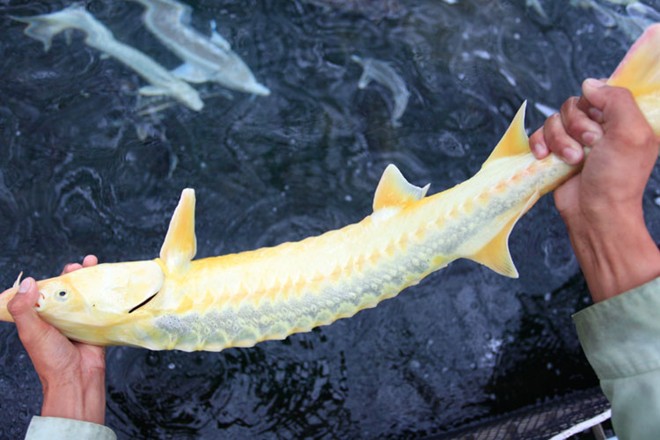
Russian sturgeons have a very eye-catching yellow.
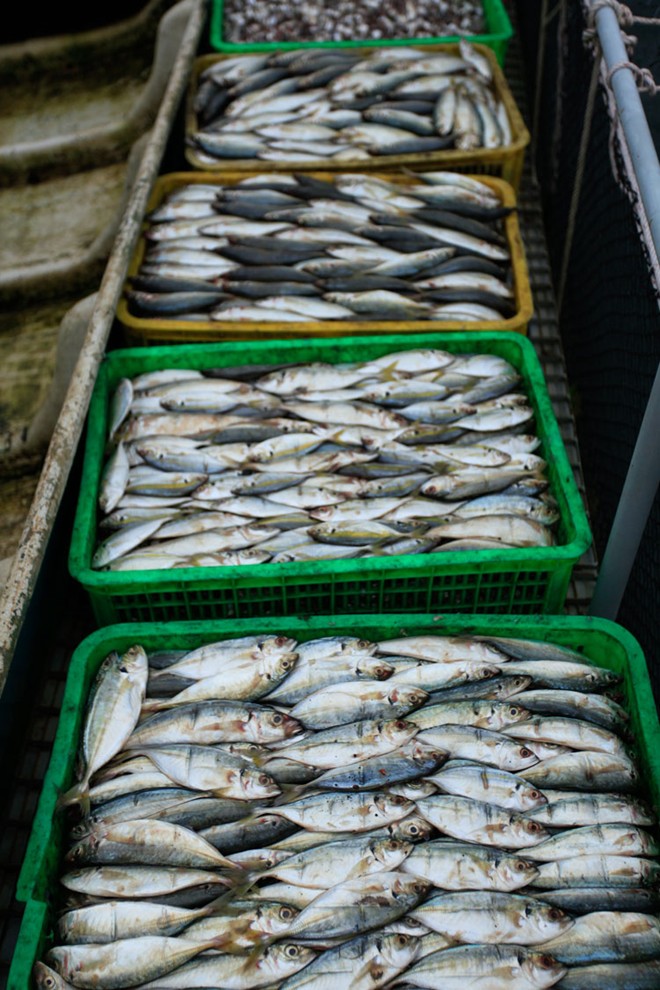
Their food is small fish such as sardines and anchovy.
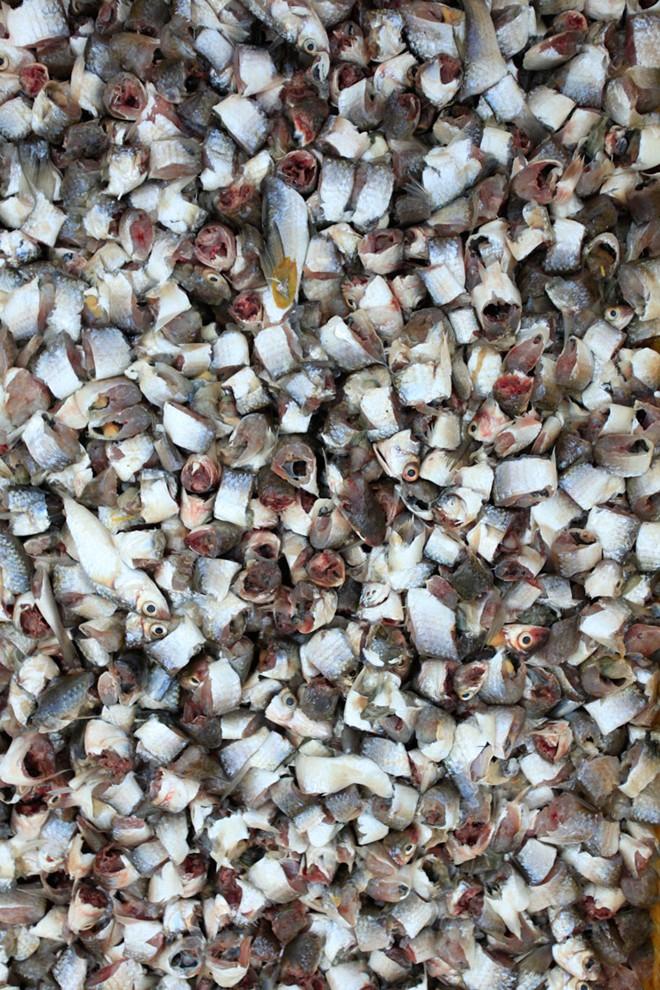
Sardines and anchovies are cut into pieces and released at night, from 7pm to 4am.

In addition, sturgeons are also fed with earthworms and small shrimp.
Sturgeons of less than 1kg in weight are fed four times a day and the larger ones receive two meals.
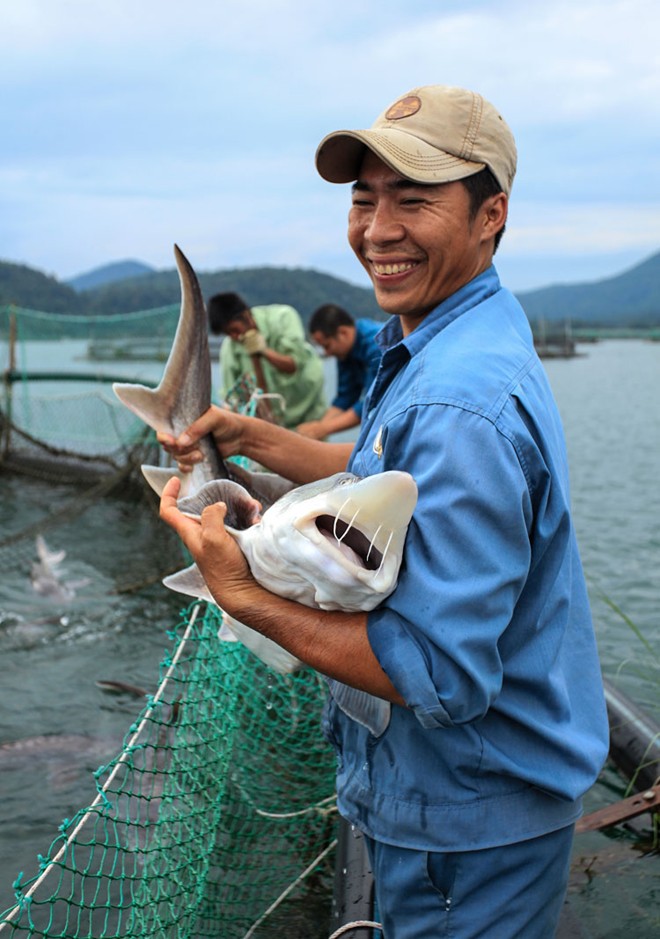
10-year-old sturgeons start producing eggs.
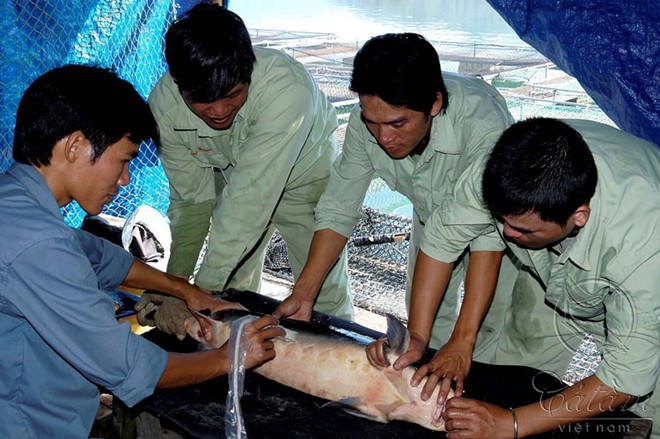
Females undergo ultrasound before their eggs are harvested.
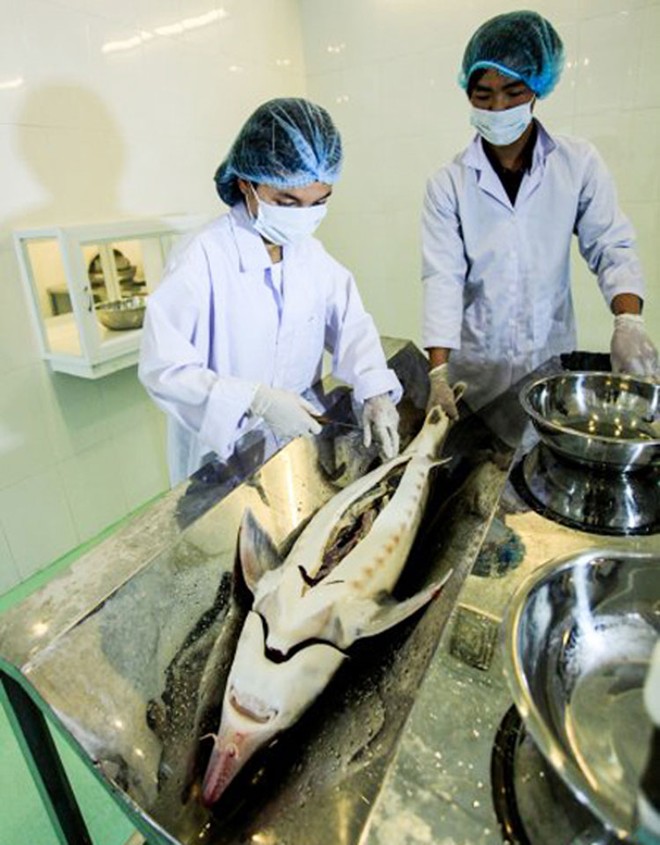
Eggs are processed in two methods: traditionally salted and salted by heat. The salt must be pure Himalayan rock salt with a very low rate (less than 3.5 percent).

The most expensive product is the salted eggs of albino sturgeons, which may reach up to VND1.8 billion ($90,000) per kg.
Malaysia will also construct the first sturgeon farm that will be branded as The Caviar Park in Tembeling Valley Jerantut.
The Malaysian sturgeons are said to produce eggs at 4-5 years old and consume largely feeding on spirulina using Korean high technology.
Another potential facility, will be located in the Tekai hydropower plant reservoir in Tembeling Valley, Jerantut, is regarded as being the largest of its kind in the world, with an estimated capacity to house more one million sturgeon fish.



1 comment:
Thanks for writing such a good article, I stumbled onto your blog and read a few post. I like your style of writing.. custom website designing
Post a Comment